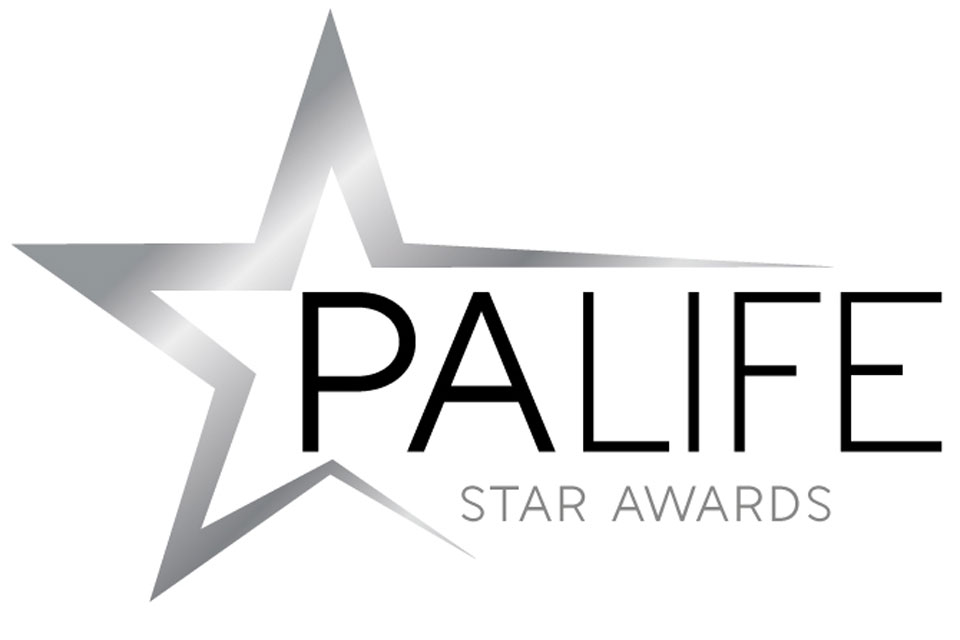There is a real difference between having LinkedIn and using LinkedIn, says Annie Walton Doyle, who writes for Inspiring Interns. Here she explains why it is crucial to make the most of your online profile and what mistakes people should look out for.
LinkedIn is one of the largest growing job sites today. Not only does it help potential recruiters find you but having a well-designed page can be key to job applications even through other sites. But there are a few things you’re doing that may be ruining your LinkedIn job prospects. Here are the biggest LinkedIn mistakes that could be holding you back.
Grammatical errors
Having any part of your LinkedIn profile written in poor English will be off putting to potential recruiters or employers. Proofread carefully, ask a friend, or even use Grammarly’s free online grammar check tool to make sure everything is expressed properly.
Typos
On a similar note, typos on LinkedIn are pretty much unforgivable. They essentially show that you do not care, which in any job is an unattractive trait. They’re also so easily avoidable, and thus such a silly reason to not get a job. One great trick to find them is to read through your profile aloud, as this will help attention to detail.
Lack of profile picture
One of the great things about LinkedIn is that it’s a much more personalised profile than what typically exists on a CV or job application. So, by not adding a profile picture, you’re missing out on one of the easiest ways to be more memorable.
Poorly chosen profile picture
However, there is such a thing as a bad profile picture for LinkedIn. Think about it logically – anything that makes you look fundamentally unprofessional is a huge no-no. If in doubt, just keep it simple – you can’t go wrong with a traditional headshot.
“LinkedIn is primarily a social networking site, albeit one with a very employment focused slant. So simply being on there without actually making connections, reaching out to people, joining groups or starting conversations could make one question why you’re there at all.”
A dull header
Simply listing a job title will likely mean your profile is overlooked. If you’re in sales, perhaps you’re a ‘dynamic salesperson’. If you have management experience, how about ‘enthusiastic manager’? You can even add years of experience, department titles of other skills into your header, so make the most of the space.
A lack of summary
Many people will read the summary section of a LinkedIn profile as a way of determining whether or not to bother reading through the rest. By not having one, you’re likely going to put off people from exploring your profile further. Make your summary the best part of your profile, full of all your experience and strengths, told in an exciting, positive way.
Not taking advantage of the sections
LinkedIn allows for you to easily organise all of your information, so there’s really no excuse for having a difficult to navigate, poorly laid out page. Taking a few minutes to make sure everything is in the right place will help out a lot in the long run.
Not Participating
LinkedIn is primarily a social networking site, albeit one with a very employment focused slant. So simply being on there without actually making connections, reaching out to people, joining groups or starting conversations could make one question why you’re there at all. Having LinkedIn is not enough – it’s using LinkedIn which will make all the difference.










